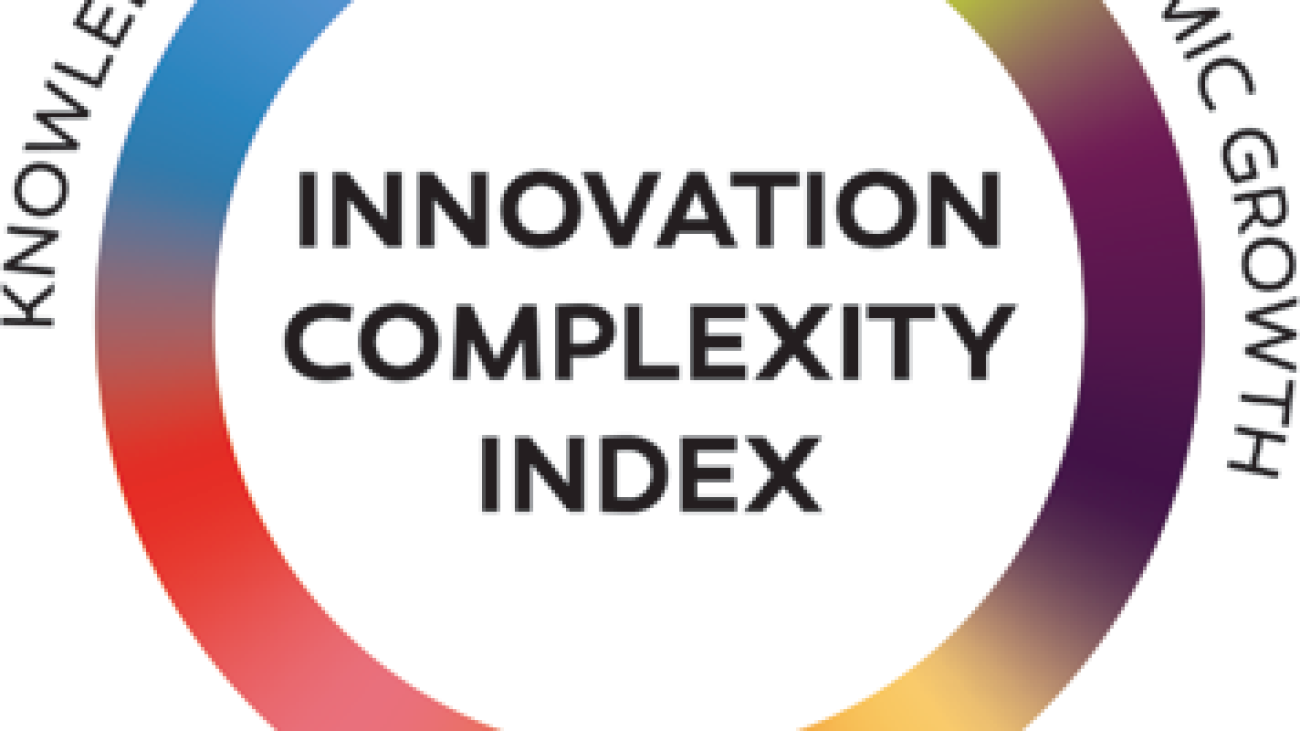
Secretary – Strategic Scientific Advisory Council & Thinktank
Many people have thought many things about Africa—some true and good; others awfully false. It only depends on one’s direct experience with the continent or even their background and motive in their diverse narratives. While people like Steve Kapena will raise hopes about the continent in songs such as: “All I need is right here in Africa”, others: especially racist foreigners; or internally, self-seeking actors especially uncouth politicians; etc., will present it as a dark and hopeless continent. By no means whatsoever is this article defensive, at least intentionally. Rather, it seeks to explore and illuminate the general obscurity with which Africa—home to my country, Uganda, has for far too long been cast.
Prior to being named so—after Roman Army General, Leo Africanus, for ‘defeating’ Carthaginian [Tunisian] army, present-day Africa was called Alkebulan, meaning ‘Mother of mankind ‘or ‘Garden of Eden’. Indeed, Africa’s abundancy points to Edenic Paradise, and when I consider the description accorded to Eden, I am tempted to think that this Eden said of old is actually Uganda. Despite this, Belgian Franciscan missionary in Congo, Placide Frans Tempels’ 1945 controversial book, “Bantu Philosophy”, unsuccessfully attempts to disdain Africa—of which Uganda is, as a monstrous jungle and her per people as possessive of impotent minds—completely incapable of logical thought, living in caves and trees; dependent on wild honey and fruits, etc.!
But when I consider what, in his 1908 book, “My African Journey”, former British Premier, Sir Winston Churchill had earlier said of Uganda: “My journey is at an end; a tale is told… what message I bring back. It can be stated in three words, ‘Concentrate Upon Uganda.’…it ought in the course of time to become the most prosperous of all East and Central African possessions and perhaps the financial driving wheel of all this part of the world… Uganda is from end to end one beautiful garden, where the staple of the people grows almost without labour… It is the Pearl of Africa”, I am convinced that as a country, we need to embark on an honest journey of self-rediscovery and redefinition in order to reclaim our purpose and destiny.How, then, shall we contrive? Strategic innovation, without doubt, will be an inevitable tool.
Were Churchill’s thoughts just phony or truly representative of Uganda, even as far back as then? If true, do our current development status and trajectory reflect that? If not, what went wrong and what can be done to effectively correct it? I will dwell more on this because, a few human errors notwithstanding, not much has perilously changed to significantly negate Churchill’s observation. Has there been socio-economic stagnation especially in view of the global development scale? Absolutely, yes! Why?
The acclamation with which Churchill marveled at Uganda’s abundance and potential were not just phony, but real! Paradoxically, however, for such bounty, Uganda, rather quite justifiably, did not need to struggle to survive. For many years Ugandans could live effortlessly and conveniently on what God and nature graciously gifted them with.

However, with global interconnectedness—and in some respects, mutual interdependence, Uganda now realizes that it was not only risky to aim for basic survival thus far, but also, for desired internal socio-economic transformation and global competitiveness, it is inevitable that it must do business unusually. The aforesaid bounty provides a good starting place for exponential growth possibilities. Challenges and the desire to overcome them, is what spurs innovation. Except for economic stagnation and disease, Africa—generally, and Uganda in particular, has been devoid of life-threatening challenges, but this won’t be forever! In any case, the recent COVID-19 onslaught should be a timely wake-up call.
With strategic innovation and supportive resolute leadership, Uganda can still leapfrog from socio-economic stagnation and associated ills to coveted transformation. One way of achieving this aspiration will be—and the journey is already underway, in searching around for what resources nature gifted us with—an abundance of highly valuable plants in the wild, conserving them and leveraging on crops such as Cassava and make the most of them. Nurturing strategic innovations will go a long way in bolstering socio-economic transformation.
Innovation, simply put, encompasses conceiving and acting upon a new idea to proffer from existing or ordinary product a novel and distinct technique of creatively, tenaciously, and effectively, in an acceptable manner, solve [a] specific individual or societal challenge[s]. Innovation, accompanied by STI’s Value Chain Approach to industry is a game-changer! Value Chain, when it is seen specifically from industry away from products, seeks to enhance collaboration—downstream, upstream, and sideways connection between stakeholders. Seen from products, the Value Chain Approach enhances easy understanding of industrialization priorities.

Precisely, the Value Chain Approach seeks to systemically explore and put to systemic and gainful utilization of other by-products and processes can be got from the same primary product, firms operating within a given industrial ecosystem in order to determine the quality, quantity, and form of their products, to explore benefits that may accrue from collaboration and interdependence, but also increase competitiveness in each firm’s unique products.
For instance, did you know that more than just for food [including tapioca, crisps, confectionary flour, etc.,], cassava has multiple other products and uses, such as: cassava-based soap; animal feeds and cassava briquettes from cassava peelings; activated carbon; cassava-based fertilizers; cyanide; cassava starch; industrial ethanol (rectified spirit); cassava cement, cassava-based glue; sweeteners; bio-degradable plastics; biofuel; sanitizer; mono sodium glutamate; and lab ethanol; etc.? The same is true for Shea Butter and Honey.

Owing to such untapped Value Chain growth opportunities, as a country, we have embarked on an honest self-assessment, confront brutal facts, and resolve to reclaim lost opportunities. In a timely move, the STI Secretariat recently hosted a stakeholder consultative meeting for the cassava, shea butter, and honey value chains at the Méstil Hotel, Kampala. The aim was to fast-track the value chain, specifically for the aforesaid value chains. The goal was to improve the products of these Value Chains by mapping out each of these commodities. In her bid for National STI Strategy for Industrialization, Hon. Dr. Monica Musenero, the line minister highlighted the importance of involving everyone in the scientific process, collecting data, and using it to solve problems. She emphasized the need to utilize knowledge, package it into tools, and then apply these tools to generate revenue.
She further clarified that the President’s focus has been to utilize science to drive the transformation of the country. His vision for the nation is one of socio-economic transformation, achieved through collaboration and problem-solving. The goal is to leverage science, technology, and innovation to address the challenges of poverty and underdevelopment, particularly in sectors where productivity has historically been low. By applying scientific principles to areas such as agriculture, Uganda aims to increase productivity and generate more revenue per unit acre and hour. The example of Russia, which sells refined products instead of crude oil, illustrates the potential for value addition through science. This mapping of wealth highlights the need for Uganda to adopt a similar approach to maximize the potential of its resources.
Similarly, in a bid to ensure a holistic innovation development and management agenda, STI also recently undertook high-level Market Creation Innovation training, seeking to understand and adopt a Market Approach to assess local, regional, and international demands for given innovations, identify competitors, and determine barriers to entry, inter-alia. This ultimately helps to avoid duplication and focus on value addition to enhance competitiveness. If one’s—individual’s or country’s innovations cannot stand competitiveness—at whatever level, they cannot possibly transform them.
If such bottlenecks such as relates to science fragmentation, funding, appropriate human capital development, regulatory and governance, packaging, organization and cooperation among stakeholders, mindset among others, are effectively solved, Uganda’s promise for revenues and other accruing benefits from the Cassava, Shea Butter, and Honey Value Chains, is magnanimous. If you are looking for opportunities around these Value Chains and more, I recommend you quickly get in touch with our Support Services. There is far more than is public in store—we simply won’t make noise about it. Sooner than later, the world will be amazed. You don’t want to miss being part of the unfolding wonder. Connect with us.



